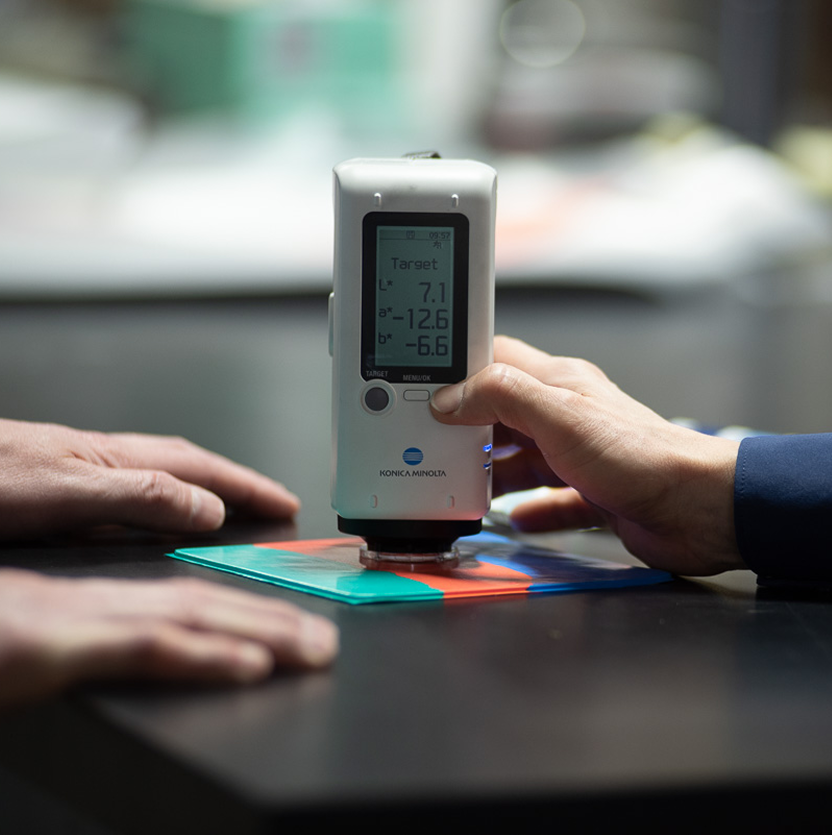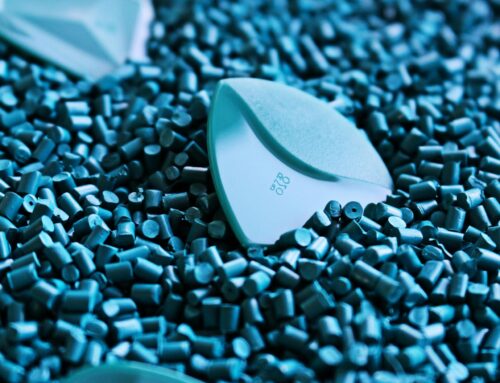Nitrile rubber (NBR) is one of the most versatile synthetic elastomers among commonly used rubber polymer types in various industries. Known for its excellent resistance to oils, fuels, and chemicals, nitrile rubber compounds are a go-to choice for applications requiring durability and performance under harsh conditions. With continuous advancements in material science, NBR rubber compounds are being refined to meet evolving industry demands.
What is Nitrile Rubber?
Nitrile rubber, also known as NBR rubber compound, is a copolymer of acrylonitrile and butadiene. The proportion of acrylonitrile in the formulation determines the material’s balance of oil resistance and flexibility. A higher acrylonitrile content enhances fuel and oil resistance, while a lower content improves elasticity and cold-temperature performance. This balance allows manufacturers to fine-tune nitrile rubber formulations for specific applications.
Key Properties of Nitrile Rubber Formulations

Nitrile rubber formulations are tailored to meet specific performance requirements. Some of the most notable properties include:
- Oil and Fuel Resistance: Superior resistance to petroleum-based oils and fuels, making it ideal for automotive and industrial applications.
- Temperature Tolerance: Functions effectively in temperatures ranging from -40°F to 250°F (-40°C to 121°C), with specialized formulations extending this range.
- Wear and Abrasion Resistance: High durability under mechanical stress, reducing material degradation in demanding applications.
- Chemical Resistance: Effective against hydrocarbons, acids, and some solvents, enhancing longevity in harsh environments.
- Tear and Impact Strength: Excellent mechanical properties make nitrile rubber ideal for high-impact applications.
- Customizability: The ability to add fillers, stabilizers, and reinforcements allows for a wide range of performance modifications.
Applications of NBR Rubber Compounds
Due to its versatility, nitrile rubber compounds are used in a broad range of industries, including:
- Industrial: Conveyor belts, gloves, and protective coatings leverage its durability and chemical resistance, ensuring long-lasting performance.
- Aerospace: Nitrile rubber components provide reliability in aviation fuel-handling systems, offering safety and performance under extreme conditions.
- Medical and Safety: Disposable gloves and protective gear utilize NBR for its resistance to chemicals, punctures, and microbial contamination.
- Oil and Gas: Essential for seals and gaskets in drilling and refining operations where resistance to fuels and aggressive chemicals is necessary.
- Food Processing: Certain NBR formulations are designed to meet FDA compliance, making them suitable for food-grade applications such as conveyor belts and tubing.
Customizing Nitrile Rubber Formulations
Manufacturers can optimize nitrile rubber formulations by incorporating additives to enhance properties like UV resistance, heat stability, and mechanical strength. Reinforcing agents, plasticizers, and curing systems play a critical role in fine-tuning performance characteristics for specific applications. Additionally, advancements in compounding techniques allow for the development of nitrile rubber with improved environmental resistance and reduced wear over time.
These enhancements are verified through rubber compound testing, helping manufacturers ensure consistent quality and performance in real-world applications.
Advancements in Nitrile Rubber Technology
The demand for high-performance nitrile rubber continues to grow, pushing manufacturers to innovate new formulations. Some of the latest advancements include:
- Eco-Friendly NBR: Researchers are exploring ways to reduce the environmental impact of nitrile rubber production by using bio-based monomers and sustainable fillers.
- Enhanced Heat Resistance: Modified formulations allow NBR compounds to withstand higher temperatures without compromising flexibility and strength.
- Electrically Conductive NBR: In industries requiring static dissipation, conductive fillers are being incorporated into nitrile rubber formulations to meet specific safety and functional requirements.
- Blended Compounds: Hybrid rubber compounds that combine NBR with other elastomers, such as PVC or EPDM, provide improved properties for specialized applications.
To ensure these advancements meet industry standards, all new NBR formulations are thoroughly validated in ALTTRAN’s state-of-the-art rubber testing labs.
Advancing Nitrile Rubber with ALTTRAN
ALTTRAN specializes in developing high-performance rubber compounds, including customized nitrile rubber formulations. Their expertise ensures that industries receive tailored solutions to meet exacting performance and regulatory requirements. By working closely with customers, ALTTRAN helps identify the ideal formulation to maximize durability, chemical resistance, and efficiency in real-world applications.
Nitrile rubber continues to be a vital material across multiple sectors, providing durability, chemical resistance, and adaptability. As demand grows for enhanced rubber performance, innovative formulations will further expand its capabilities and applications, ensuring it remains an essential component in industrial and commercial solutions.
Get in Touch with ALTTRAN
Looking for high-performance nitrile rubber formulations tailored to your industry’s needs? ALTTRAN’s expert team is ready to help. Contact us today to learn more about our customized rubber solutions.



